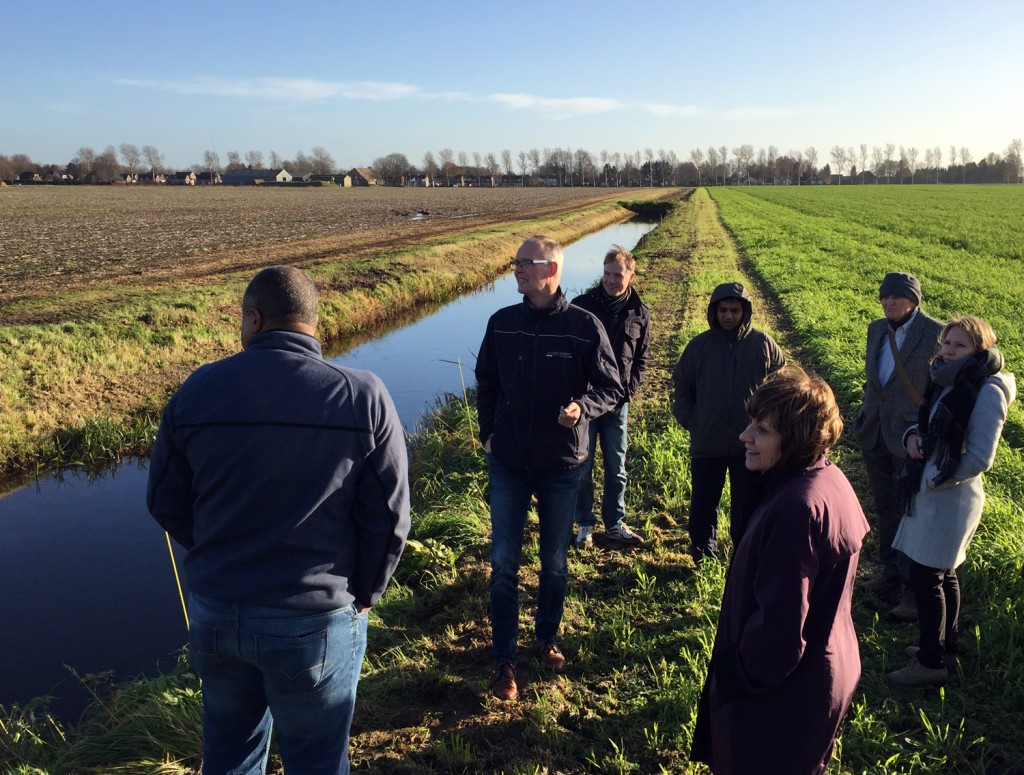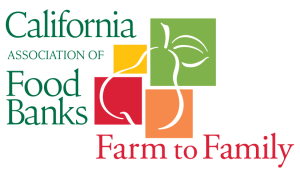Agricultural food production and the relationship with the air, water and soil systems is complex, both from scientific and practical perspectives. Bringing the scientific interrelationships into a user-friendly on-line tool to help agricultural producers understand their entire farming operation’s carbon footprint is the challenge that the U.S. Department of Agriculture Natural Resources Conservation Services (USDA-NRCS) and Colorado State University undertook in a partnership more than a decade ago.
Our nation’s farms and ranches feed the world, while producing food and fiber farming operations generate greenhouse gas emissions and often remove carbon dioxide from the atmosphere through photosynthetic activity. Accounting for greenhouse gas emissions and carbon sequestration on farming and ranching operations is tricky business. This accounting niche is where the COMET-Farm tool excels.
Through a unique partnership between USDA’s NRCS and Dr. Keith Paustian’s team at Colorado State University (CSU), there has been continued investment in developing and improving greenhouse gas and carbon accounting tools that will help agricultural producers accurately and confidently measure their carbon footprint. Through continuous commitment of funding from USDA NRCS, COMET-Farm has been developed into an easy to use on-line tool with the highest level of quantitative rigor. The COMET-Farm quantification methods are consistent with the U.S. Greenhouse Gas Inventory. COMET-Farm helps growers evaluate their greenhouse gas emissions, carbon sequestration benefits, and potential enhancements in emission reductions and sequestration options for many of the major crops produced in the U.S. However, there was one thing missing from this tool for California growers, the greenhouse gas emissions information and scenarios for specialty crops growers.
Specialty crops are defined as fruits, vegetables, tree nuts, dried fruits, horticulture, and nursery crops (including floriculture). As the leading agricultural state in the nation in terms of farm-gate value, California farmers produce a diversity of specialty crops. In fact, some specialty crops are not grown anywhere else in the country. Some examples include almonds, grapes (raisins), clingstone peaches, pistachios, dried plums and walnuts. To further highlight the scale of specialty crop agriculture in California, the top nine specialty crops, by acreage, account for approximately 25% of the total nine million irrigated acres in the state.
Including specialty crops in COMET-Farm will allow California specialty crop farmers the ability to assess their carbon sequestration and greenhouse gas emissions while evaluating management and conservation practices that could reduce those emissions or enhance carbon sequestration. The California Department of Food and Agriculture (CDFA) sees these tools as critical resources to assisting in any future financial incentive programs under the authority of the Environmental Farming Act of 1995.
To address the lack of specialty crops in COMET-Farm, CDFA partnered with NRCS and established a contract to fill these data gaps. With collaboration and additional matching support from Colorado State University, USDA NRCS, USDA Agricultural Research Service (ARS), USDA Climate Sub-Hub in Davis, California, and the USDA Farm Service Agency (FSA), over the next two years, scientists will work together along with growers in California to obtain specialty crop production information that will strengthen the COMET-Farm model and identify any future research opportunities. Through this collaborative process, the addition of specialty crops into the COMET-Farm tool will provide opportunities for specialty crop growers in California to voluntary evaluate their overall carbon footprint and implement conservation practices that help them mitigate and adapt to climate change. CDFA will also evaluate how to include such tools into future incentive programs to voluntarily enhance carbon sequestration, reduce greenhouse gas emissions and adapt to a changing climate.













